As dawn breaks and citizens of Lahore and Dhaka look through their windows, smog envelops their cities in a grey haze that serves as a reminder that more must be done to combat air pollution in Bangladesh and Pakistan. The smog threatening Bangladeshis and Pakistanis is very real. With a size only one-thirtieth of a human hair, fine particular matter (PM2.5) is an invisible, silent killer that travels through all of our body’s defences, infiltrating lungs and the bloodstream unnoticed.
“It feels like we’re prisoners in our own city, and nowhere is safe from air pollution,” says Nazmul Hossain, a 42-year-old taxi driver from Dhaka. “With diseases or disasters, you know what you’re fighting against, but this is different. The future looks bleak,” he adds.
PM2.5 is just one ingredient in a toxic pollutant and chemical cocktail that Bangladeshis and Pakistanis have to breathe every day as a result of fossil fuel burning, coal-fired brick kilns, industrial activity, dust from construction work and fuel fumes from vehicles. Without immediate policy intervention and ambitious action to improve air quality, Nazmul’s pessimistic projection will become the most realistic scenario.
Worst Air Quality in Bangladesh and Pakistan
Bangladesh and Pakistan ranked first and second among the countries with the worst air quality in the 2023 World Air Quality Report.
The results for Bangladesh were 79.9 micrograms per cubic meter (μg/m3). This is over 15 times higher than the World Health Organization’s (WHO) guideline of an annual average of 5 µg/m3 or less. In Pakistan, the PM2.5 averaged 73.7 µg/m3, over 14 times higher than the WHO’s benchmark.
The two countries are far ahead of their neighbour India, which ranked third with 54.4 µg/m3.
While most of Asia struggled with bad air quality, the central and southern parts were hit the hardest. In 2023, the two regions were home to the top 10 most polluted cities in the world.
While the most polluted cities were in India, the city of Lahore, Pakistan, ranked fourth. Its result of 99.5 µg/m3 is close to 20 times the WHO annual guideline. Faisalabad ranked 12th with 88.2 µg/m3, while the capital of Bangladesh, Dhaka, was 24th with 80.2 µg/m3.
Current Efforts to Tackle Air Pollution Fall Short
In 2020, Bangladesh introduced a national action plan to reduce air pollution through traffic management, renewable energy investments and efficiency improvements. It also recently passed rules allowing authorities to close factories temporarily. Dhaka has started building bike lanes and is constructing its metro rail system to reduce pollution from the transport sector. These measures come on top of the previously introduced bans on high-polluting leaded fuel, two-stroke engines and fixed-chimney kilns.
Bangladesh has also taken advantage of international financing to improve air quality, while the government promised more progress in the upcoming years. Among the target measures are introducing an annual air quality management plan and an early warning system for high air pollution. Currently, the government is formulating the Bangladesh National Air Quality Management Plan to increase the days of good and moderate air quality by 2030.
However, residents aren’t convinced about the measures and their efficiency. According to some living in Dhaka, the pollution there is bad every day, 24/7, and unlike other places, it even spikes at night. Near industrial plants, the PM2.5 level has reportedly reached levels over 37 times what the WHO considers healthy to breathe.
Bangladesh’s High Court is also critical, blasting the government’s failure to progress on the court’s 2020 directive for reducing air pollution in the capital.
According to the UNEP, Bangladesh has met five of the nine established air quality standards, while Pakistan has met only one. Alongside India and Nepal, both countries have agreed to tackle transboundary air pollution by reducing local PM2.5 concentrations. However, progress has stalled to date.
The Implications of Bad Air Quality on the Health of Bangladeshis and Pakistanis
Air pollution remains the greatest environmental threat to human health, causing one in every nine deaths worldwide. According to the WHO, annually, air pollution is responsible for around 7 million premature deaths globally. Some studies estimate that over half of these deaths are due to air pollution from burning fossil fuels.
Particulate matter is the most responsible for air pollution deaths. Exposure to fine particulate matter, created mainly by combustion (PM2.5) air pollution, can cause or exacerbate various health conditions. Among them are lung and cardiovascular diseases, cancer, asthma, stroke, diabetes and more. In addition, exposure to high PM2.5 concentrations can cause mental health issues and affect children’s cognitive development.
Worryingly, the health impacts are exacerbated by the fact that both countries have consistently featured among the top five with the worst air quality in the World Air Quality Report’s past editions.
Bangladesh and Pakistan consistently ranked first and second, respectively, in the three years between 2018 and 2020. In 2022, Bangladesh was fifth, while Pakistan was third before they reclaimed the top two positions in 2023. The problem in Bangladesh spans even longer back in time. According to a study in the Frontiers for Sustainable Cities, the average readings for PM10 and PM2.5 were six and nine times greater than WHO guidelines between 2003 and 2019.
The systemic exposure to extreme levels of air pollution is taking a toll on the health of Bangladeshis and Pakistanis.
According to a study by the University of Chicago’s Energy Policy Institute, fine particle air pollution reduces the life expectancy of an average Bangladeshi by 6.8 years. Researchers estimate that 24,000 people died prematurely in Dhaka alone due to air pollution between 2005 and 2018, the highest among 46 cities studied.
Since 1998, Bangladesh’s average annual particulate pollution has increased by 63%. Measured in terms of life expectancy, particulate pollution remains Bangladesh’s second most significant threat to human health, right behind cardiovascular diseases. According to the World Bank, air pollution is responsible for 20% of premature deaths in the country.
In Pakistan’s most polluted provinces, including Punjab, Islamabad Capital Territory and Khyber Pakhtunkhwa, 69.5% of the population are on track to lose between 3.7 and 4.6 years of life expectancy relative to the WHO guideline if the current pollution levels persist. At least 128,000 annual deaths in the country are attributed to air pollution.
In addition to the health costs, air pollution is taking a massive toll on economies. For example, the World Bank estimates it can cost Bangladesh the equivalent of 3.9-4.4% of its GDP annually, while academics come to figures of 4-5%.
Addressing the Problem
Some studies estimate that phasing out fossil fuels and replacing them with clean energy in power generation, transportation, and industry can avoid 3.6 million deaths per year. Other academics point at even higher figures of over 8.7 million.
According to research led by Harvard University scientists, air pollution from fossil fuels is responsible for 20% of deaths globally. Other studies reach even higher figures, saying up to 61% of air pollution deaths are due to fossil fuel burning.
The United Nations has calculated that meeting the Paris Agreement goals would save over 1 million lives a year from air pollution alone. Furthermore, the health benefits would offset the entire implementation cost. According to TransitionZero, when accounting for air, water, and climate costs, the average operating cost of coal is 27% higher than that of clean energy.
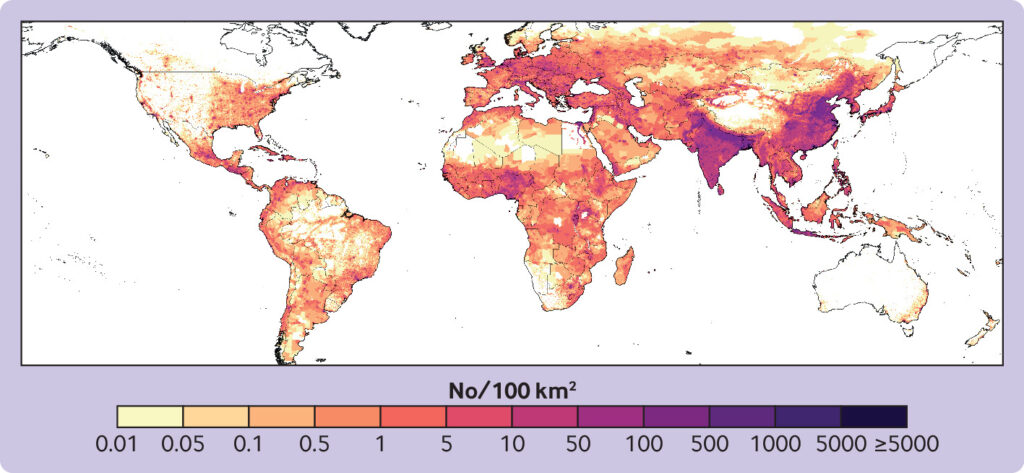
Scientific research reveals that South and East Asia have the most deaths due to long-term exposure to air pollution, including ambient fine particulate matter (PM2.5) and ozone (O3). Scientists note that these deaths could be avoided by phasing out fossil fuels.
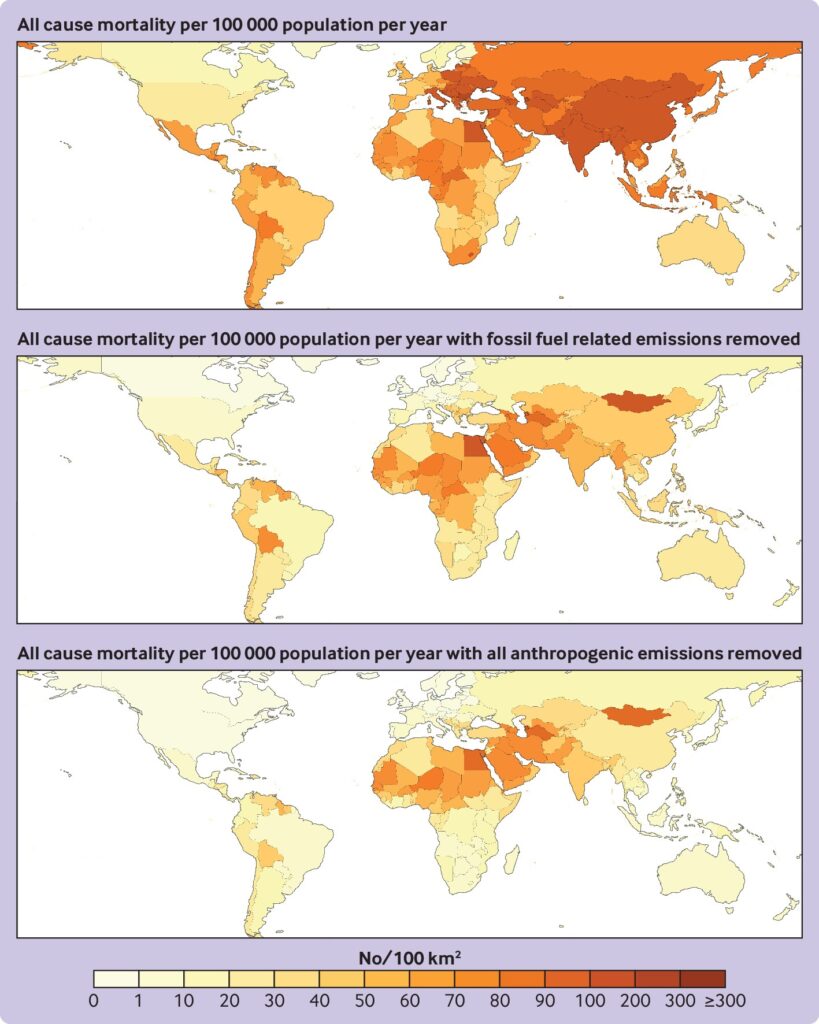
According to the scientists behind the World Air Quality Report, due to South Asia’s climate and geographical conditions, the accumulated PM2.5 pollution remains trapped with nowhere to go.
As a result, the only solution for the countries in the region is to address the wide range of sources of pollution, including the residential sector’s burning of biomass like wood, leaves and more, as well as transportation, industrial processes and the energy sector, all of which rely heavily on burning fossil fuels.
In 2023, the share of fossil fuels in Pakistan’s electricity generation mix was 59%. Solar and wind comprised just 2.7%, while low-carbon electricity sources’ share stood at 24%. While coal was responsible for meeting just 1% of the electricity demand in 2016, in 2023, the figure was 18%. Furthermore, the government also plans to quadruple its coal-fired capacity by 2030.

Recent research shows that pollution from coal plants can be much deadlier than initially thought, with its mortality risk being 2.1 times greater than particle pollution from other sources. In fact, the Centre for Research on Energy and Clean Air (CREA) has warned about the potential health and environmental impacts of the coal mining and power cluster planned in Thar, Pakistan. In a 30-year operating timespan, there were 29,000 premature deaths, 19,900 new cases of asthma in children, 32,000 preterm births, 20 million days of work absence and many other impacts.
Ember notes that Bangladesh relies on fossil fuels, mainly natural gas, for 98% of its electricity generation. The share of renewables is just 1%. While the IEA calls for a clean power target of 60% by 2030, the goal of Bangladesh is just 16%.
Although natural gas is usually perceived as cleaner than coal, it is still harmful to human health. Moreover, Harvard scientists even argue that burning natural gas, biomass and wood has more negative health impacts than burning coal.
In that sense, to effectively address air pollution and reduce the number of related deaths, Pakistan and Bangladesh should introduce timely and ambitious policies that will accelerate the transition toward cleaner electricity and transportation sectors, and better control air pollution from industrial plants, the construction industry and the residential sector.
The US, China and the EU are glaring examples of how improving air quality is possible through authority intervention and adequate policy measures, such as banning coal-fired plants, restricting vehicle use and improving fuel quality, modernising or limiting factory operations and improving measure enforcement.
Bangladesh and Pakistan’s Citizens Urgently Need Solutions For Cleaner Air
Scientists consider air pollution the greatest threat to human health. Over the past decade, Bangladeshis and Pakistanis have been on the front lines of the world’s worst air pollution and are now in urgent need of solutions. However, introducing air quality policies is just the first step. Whether both countries will manage to address the problem successfully depends on their timely implementation.
Considering the magnitude of the crisis and its toll on citizens, every second counts.
“I spend most of my day on the road, breathing in this toxic air,” says Nazmul. And while the taxi offers some protection, he says many of his rickshaw-driving friends don’t have the same comfort and were forced to quit due to chronic breathing difficulties.
“It isn’t me that I am really worried about; it is my children. They deserve to grow up in a safe and healthy environment.”
Viktor Tachev
Writer, Bulgaria
Viktor is a writer that specialises in green finance and ESG investment practices. He holds a Master's degree in financial markets and has over a decade of experience working with companies in the finance industry, along with international organisations and NGOs. Viktor is a regular contributor to several publications and comments on the likes of sustainability and renewable energy.
Viktor is a writer that specialises in green finance and ESG investment practices. He holds a Master's degree in financial markets and has over a decade of experience working with companies in the finance industry, along with international organisations and NGOs. Viktor is a regular contributor to several publications and comments on the likes of sustainability and renewable energy.

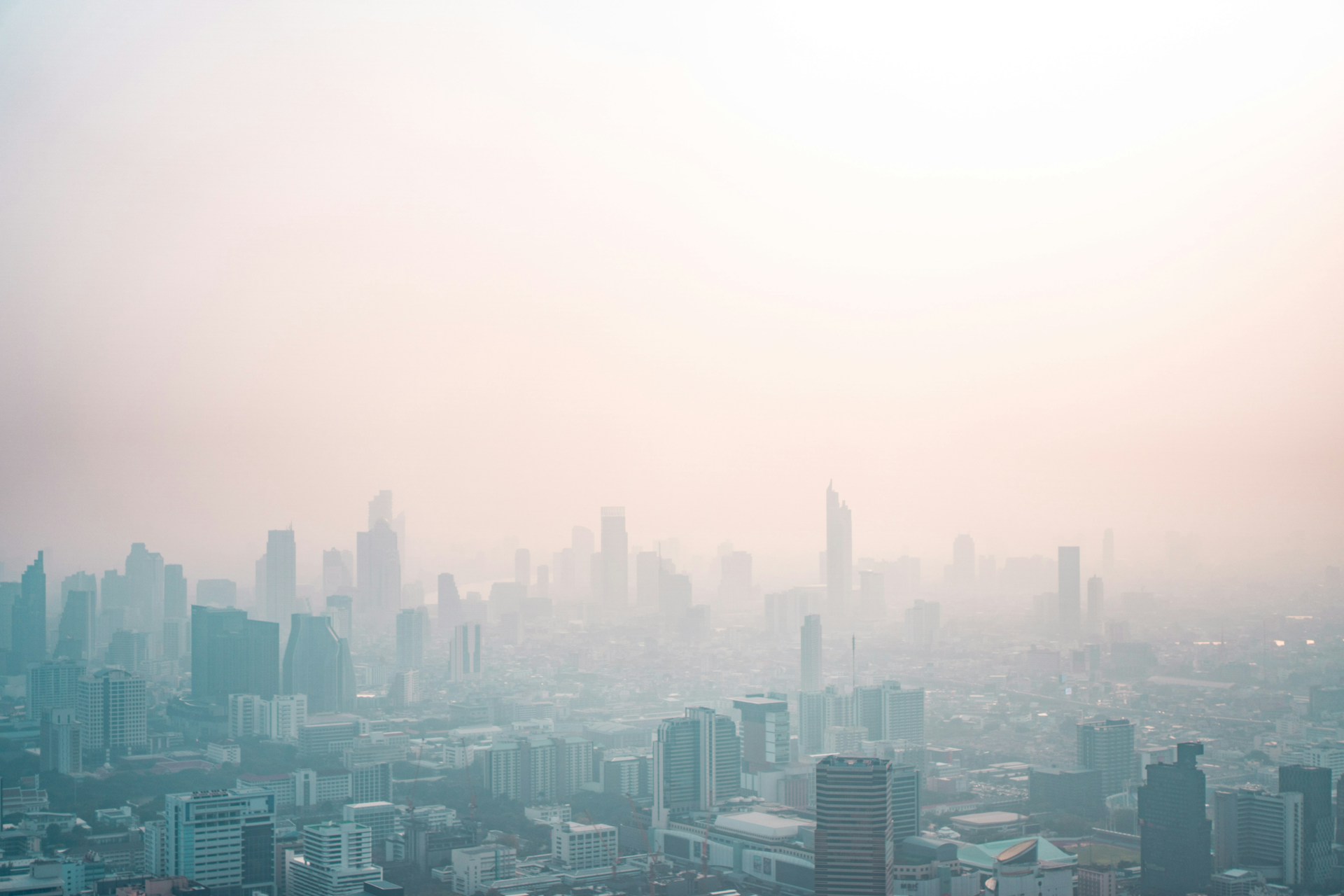
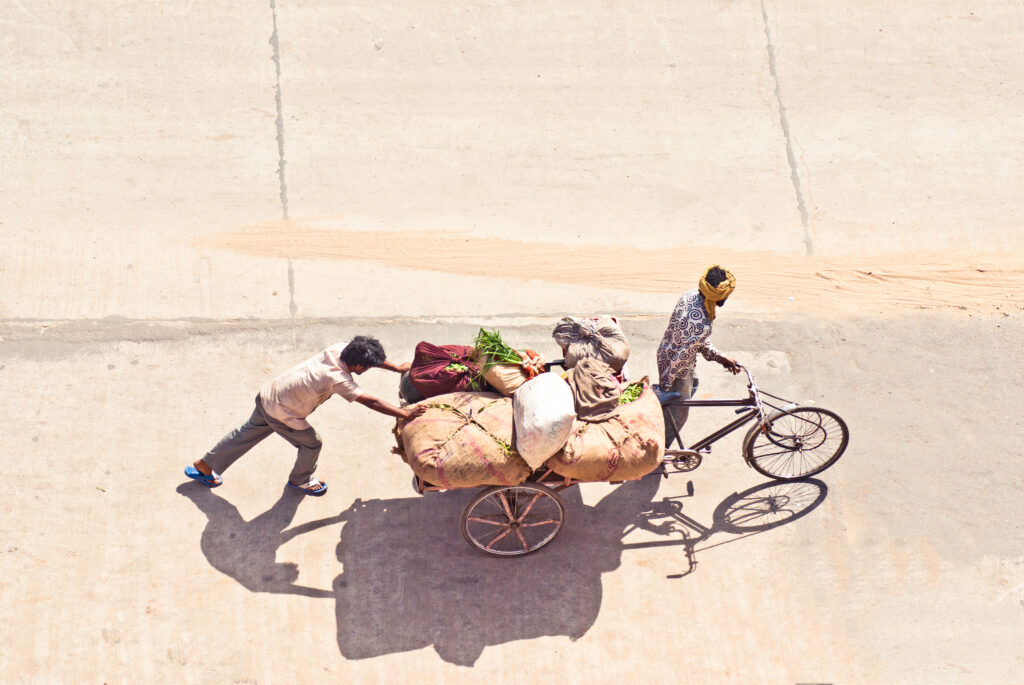

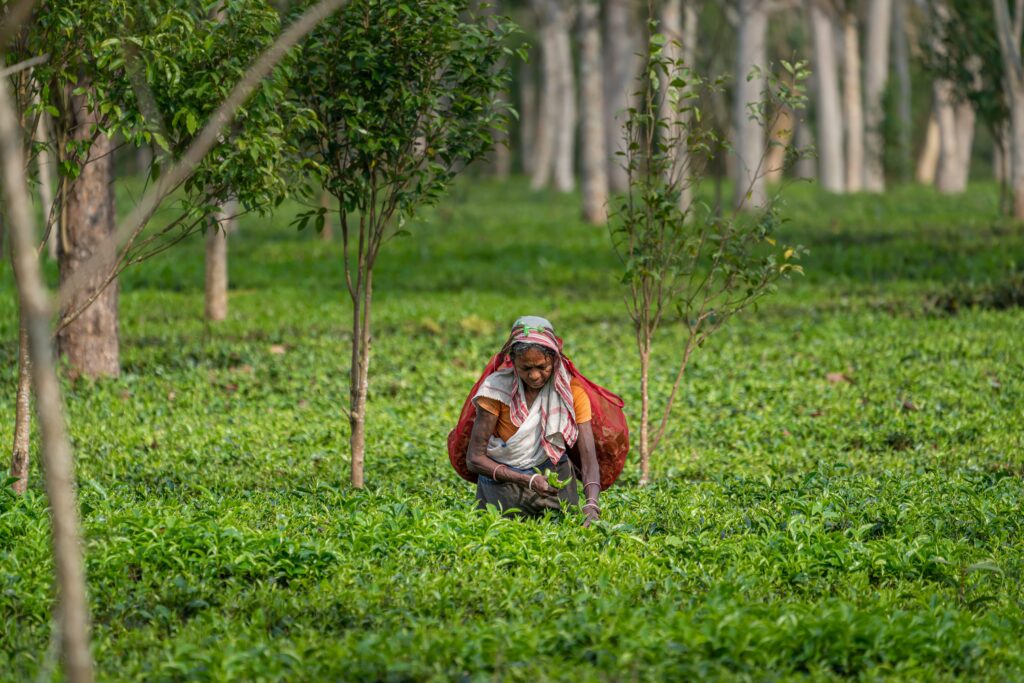

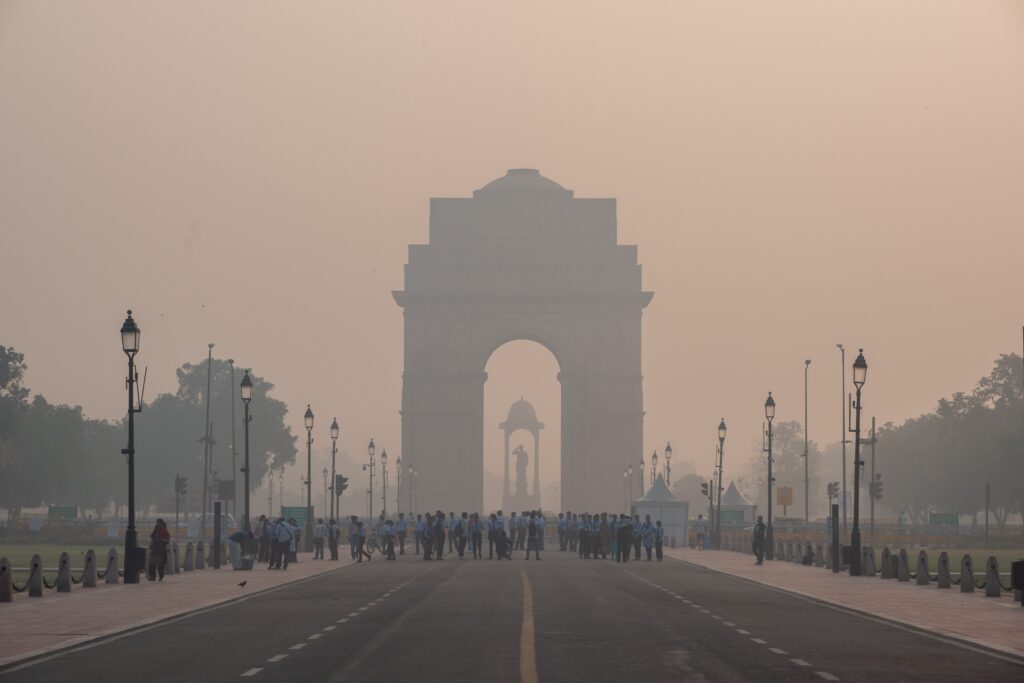
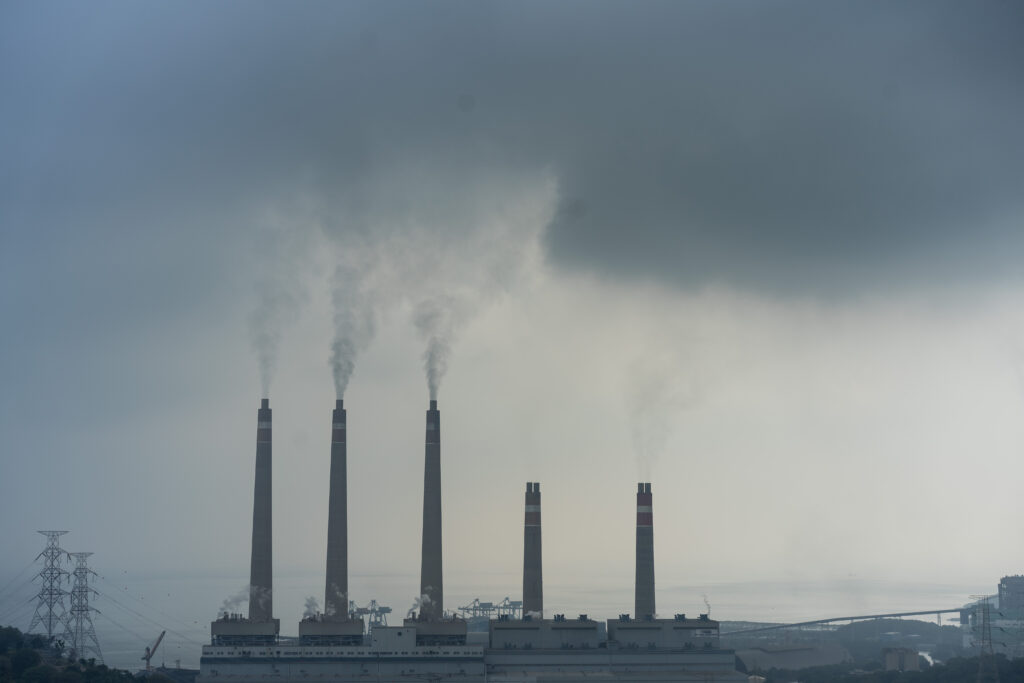
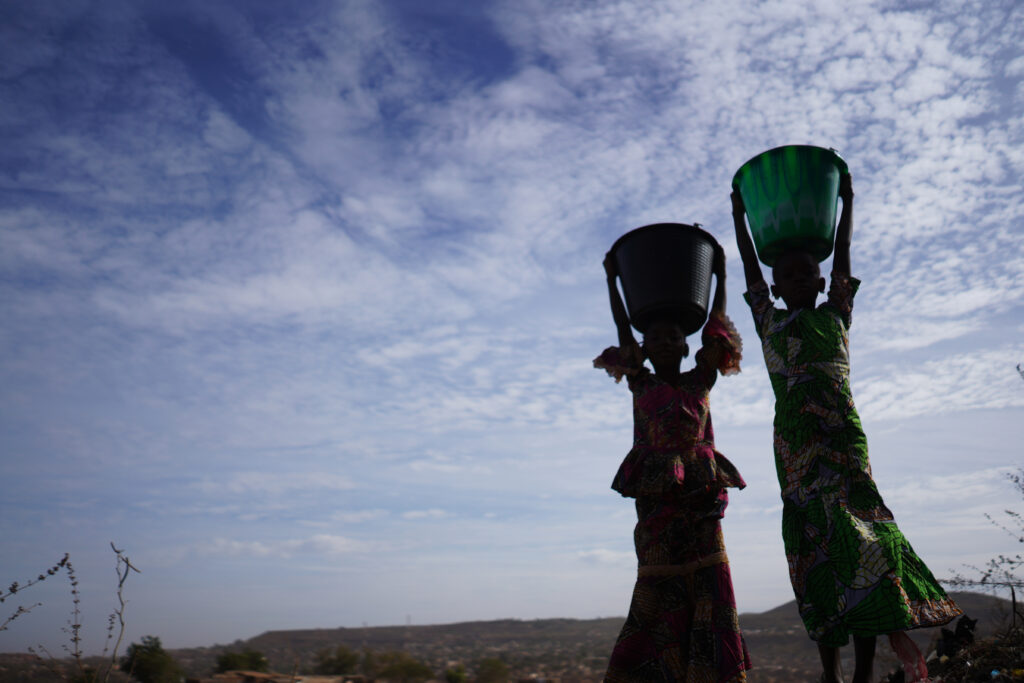

![Climate Change is Drowning Bangladesh — Where is the Finance to Stop It? [Op-Ed]](https://www.climateimpactstracker.com/wp-content/uploads/2025/05/shutterstock_2303245709-1024x603.jpg)




